But Hitler had a plan to invade Britain, and he came close to executing it.
Reaching for Peace
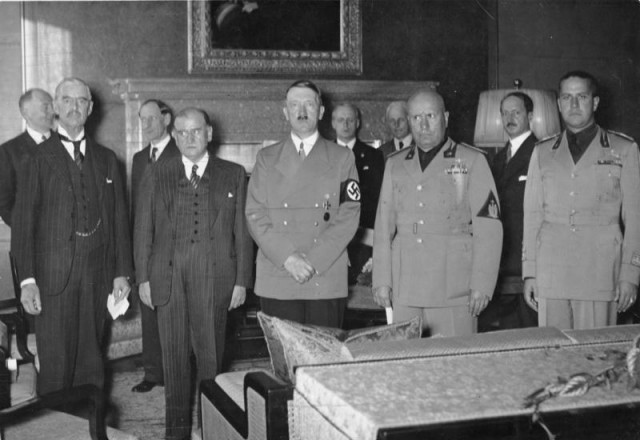
Even though the British contributed troops to the failed defence of France in 1940, Hitler still hoped that Britain and Germany might make peace. Following France’s fall, he avoided preparing an invasion of Britain for a month, while he waited to see if the British would give in. But it soon became clear that they would not.
Directive No. 16
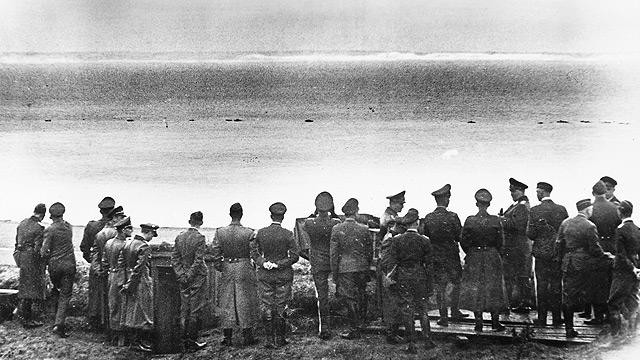
The month’s delay worked in Britain’s favour. The British had been preparing their defences and stockpiling ammunition. On top of this, the timing would be crucial for a crossing on the English Channel. If, as the British believed, the Germans could not be ready before mid-September, then weather might hamper the invasion.
But the Germans were more ready than the British thought, and the invasion was planned for 25 August. 41 divisions would cross the Channel, along with two divisions of airborne troops. Landing along the south coast, they would encircle London, bringing the British government to its knees. It was a detailed and well-considered plan.
Preparing the Fleet
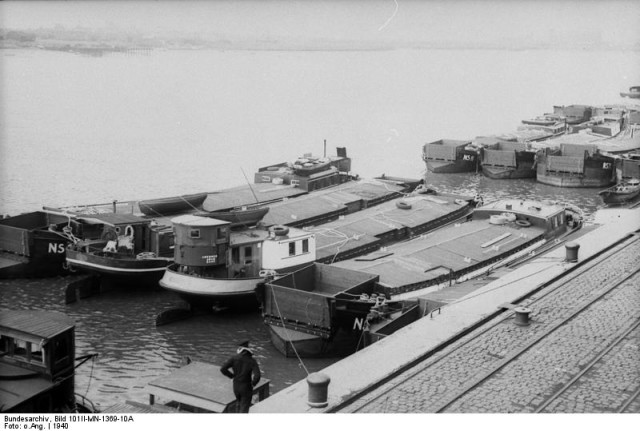
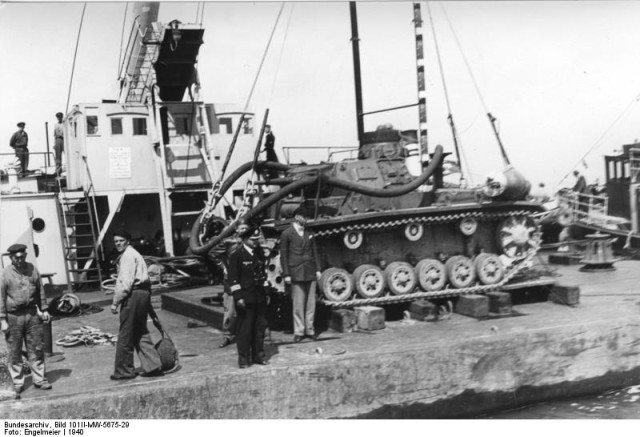
Like the Allies’ later D-Day plans, Operation Sealion was marked by daring and ingenuity.
Directive No. 17
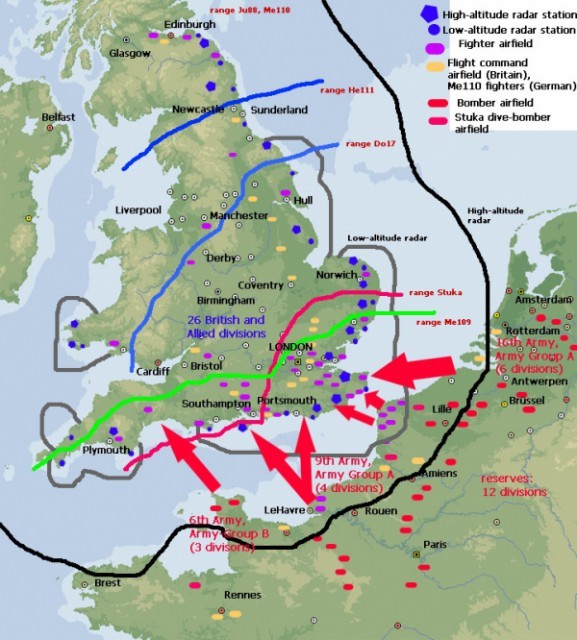
Even with the French coastal artillery, the German army and navy would not be able to pound the British heavily enough to support the invasion. For that, they needed air support – massive attacks against Britain’s coastal defences by bombers such as the Stuka dive-bomber. Without that sort of firepower to soften up the British, German troops would land against terrible odds.
This meant that the Germans needed air superiority. Without it, British fighter pilots and their allies who had fled occupied countries such as France and Poland would be able to attack the incoming bombers. Fighting over their own territory, the British would be able to turn their craft around faster and keep the German planes under constant attack, preventing tactical bombing runs.
And so Hitler signed Führer Directive No. 17 on 1 August, ordering the Luftwaffe, the German air force, to dedicate itself to the swift destruction of the Royal Air Force.
The Battle of Britain
Upping the ante of their on-going bombing campaign, from the 8th August the Luftwaffe sent up 1,500 aircraft over Britain each day to bomb radar stations and airfields. The Battle of Britain had begun.The British had the technological advantage in their advanced radar stations and the home ground advantage of being able to retrieve their downed pilots. But the sheer ferocity of the German attacks started to take its toll. By early September, critical airfields were covered in bomb craters that hindered their use. Aircraft had been destroyed on the ground as well as in the air, and the supplies of both planes and pilots were starting to run out.

The nature of the battle shifted following the night of the 24th of August when a German plane accidentally bombed a civilian part of London. Churchill ordered retaliatory strikes against Berlin, which distracted Hitler from his focus on the RAF. Both sides descended into bombarding each other’s cities rather than air bases. The RAF had been saved.
An Autumn Invasion
Plans for Operation Sealion continued, delayed by the needs of the air war. A revised launch date of the 24th September was set. The German navy swept for British mines and laid others of their own to secure invasion lanes across the English Channel.But the attacks these mine ships suffered were a symptom of a wider problem. Without aerial superiority, the invasion was too risky. On 14 September, Hitler set the invasion date back to the 27th September, the last day of suitable tides. On 17 September, Sealion was postponed indefinitely, and on 19th September, the fleet was dispersed so as to avoid being a target for enemy bombers.
By the time weather improved in the spring, Hitler’s attention had turned east to fighting Russia. Operation Sealion would never be launched. Britain had been saved.

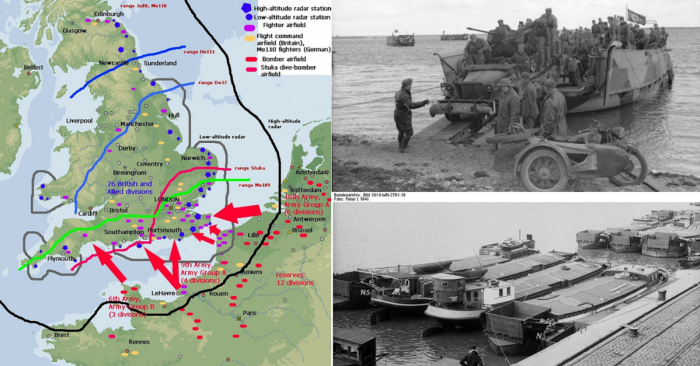
Δεν υπάρχουν σχόλια:
Δημοσίευση σχολίου